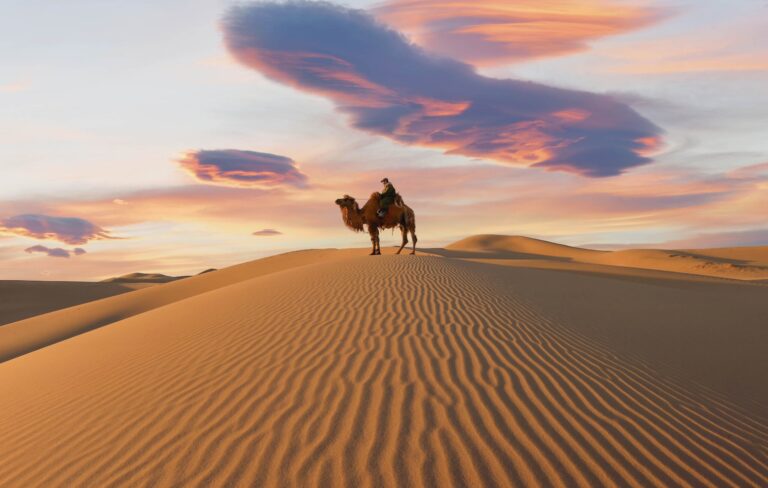You’ve traveled to beaches and mountains, but have you checked deserts off your travel bucket list? These arid landscapes provide some of the most beautiful and strange scenery in the world, and also have a lot to reveal about the history of the world. Some of the world’s most beautiful deserts used to be oceans or seas, or homes to prehistoric cultures, creatures, and peoples.
Gobi, Mongolia
Mongolia has received more attention in recent years for its beautiful landscapes that look other-worldly. Whether they be vast green fields merging into perfect skies, or the desert lands, Mongolia has much to offer for nature lovers and adventure seekers. The Gobi Desert is one of the most famous and awe-inspiring desert landscapes in the world, and it’s known for its interesting wildlife and archaeological history, which includes snow leopards, camels, and dinosaur fossils within around 500,000 square miles of mountains and sand dunes.
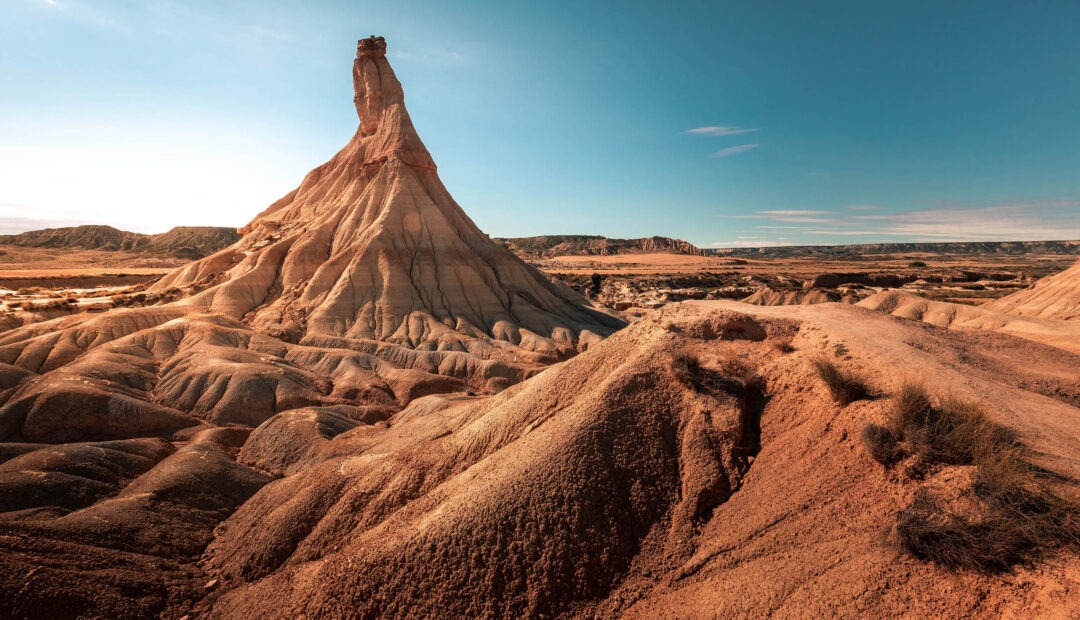
Bardenas Reales, Spain
With rock formations similar to that of the Grand Canyon, Bardenas Reales is one of the few desert landscapes in Europe. Here different terrain awaits visitors. Traverse through the Bardena Blanca, the desert landscape that carves ravines and summits out of the earth. Enormous pyramid-type stones and mounds have interesting rippled textures almost like waves. Beyond the desert landscape lies the Bardena Negra, a greener landscape with pine forests and plenty of natural diversity. In the entirety of Bardenas Reales, there’s almost 500 miles of trails to hike or cycle through.
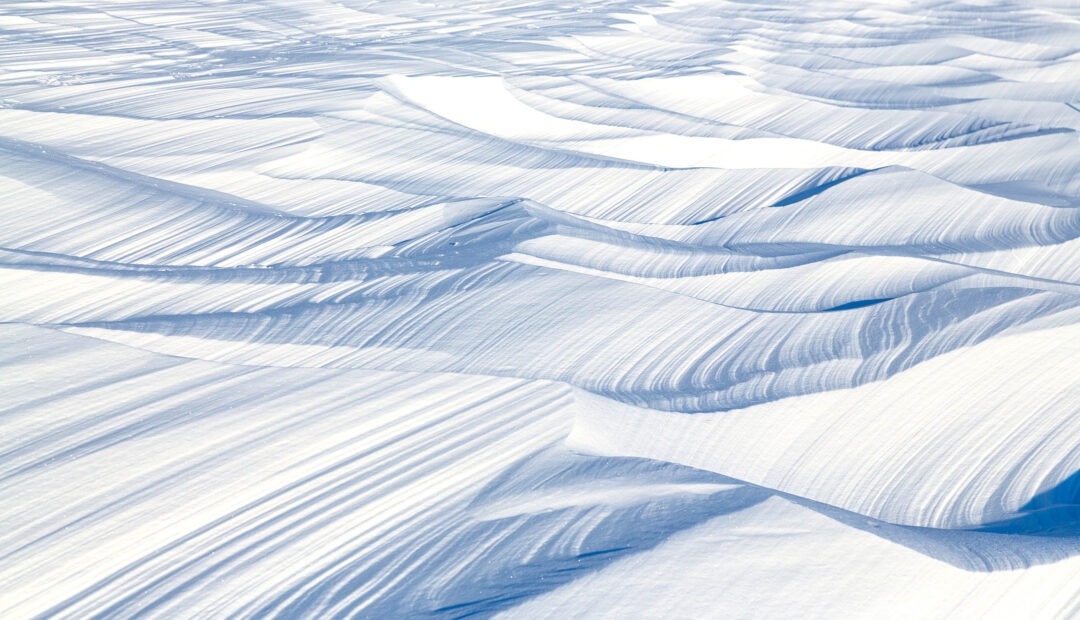
Arctic Polar Desert
When you picture a desert landscape you’d probably picture deep orange sand picked up in gusts of dry air. Well, in arctic landscapes, deserts of snow will transport you to another planet. Rollicking white dunes stretch for miles here in the world’s second-largest desert. For around nine to ten months a year, this desert sees no sunlight, it’s just dark, barren, and inspiring.
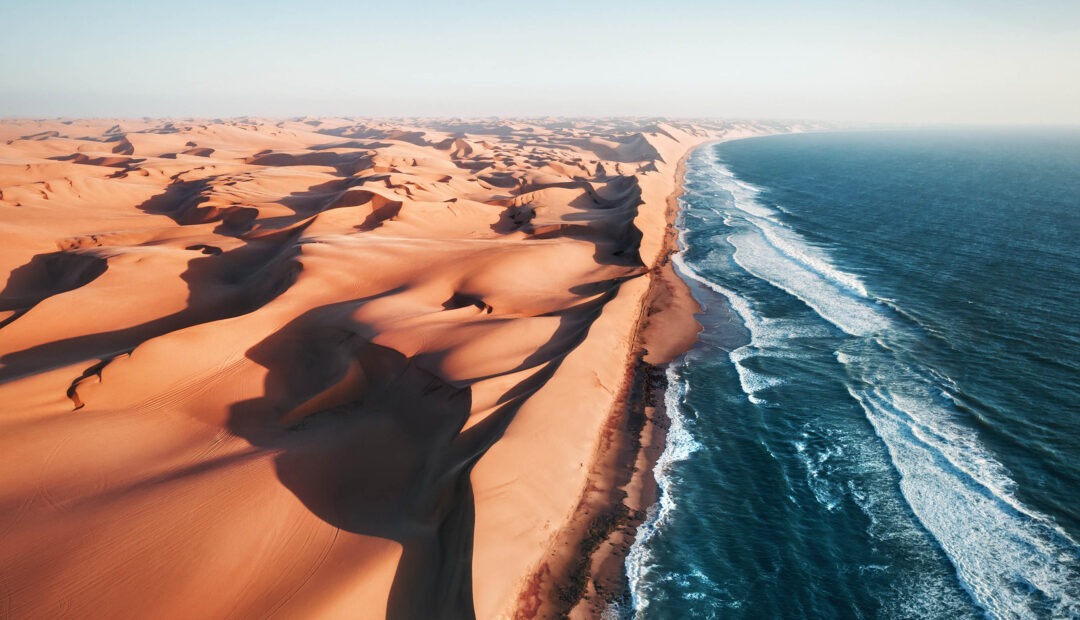
Namib Desert, Namibia
Though we may often think of deserts and oceans as polar opposites, in the South African country Namibia, desert and sea collide in a beautiful fusion. The Namib Desert’s rolling dunes melt into the Atlantic Ocean, making the desert one big beach (in a way). What’s so striking about this landscape is the contrast between the orange of the sand and the blue of the ocean.
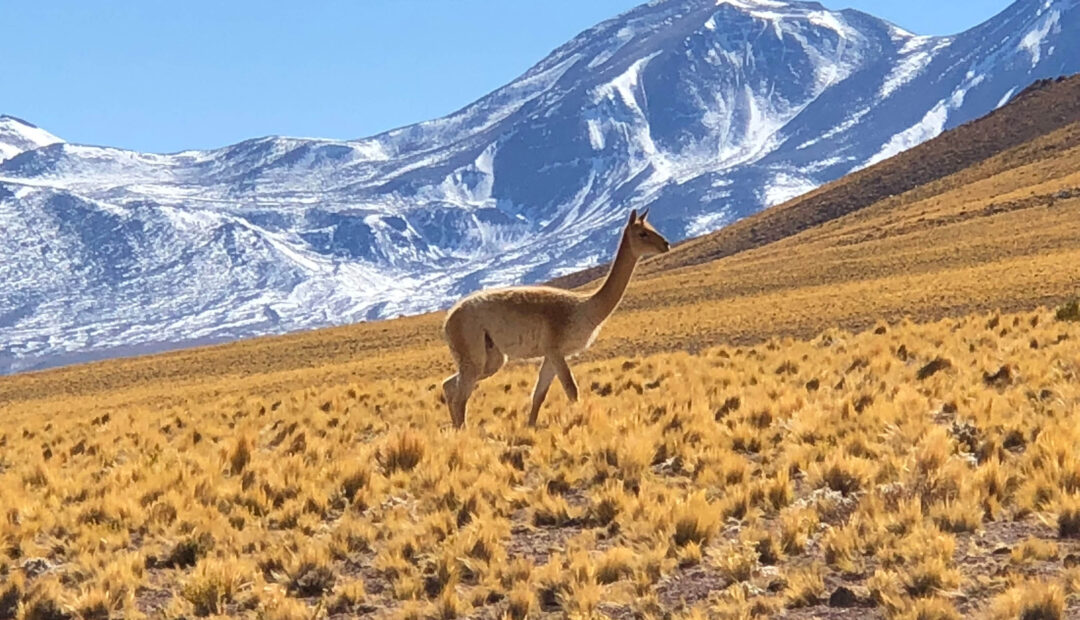
Atacama Desert
Chile’s Atacama is a 600 mile barren landscape of warm-hued rock and sand. This is the driest desert in the world, and with one look, you’d believe it. The region receives about one millimeter of rainfall per year, so it’s essentially rainless, and being surrounded by the Andes Mountains and the Chilean Coastal Range, moisture gets blocked, making it nearly impossible for vegetation to survive. Some of the world’s oldest artificially mummified humans have been found in this desert, giving it a deep and unknown history. Visitors can enjoy the Martian-like landscape on trips here, and may also enjoy several salt water lagoons where you can swim or float away on a dream, and pretend you’re not in the world’s driest desert.
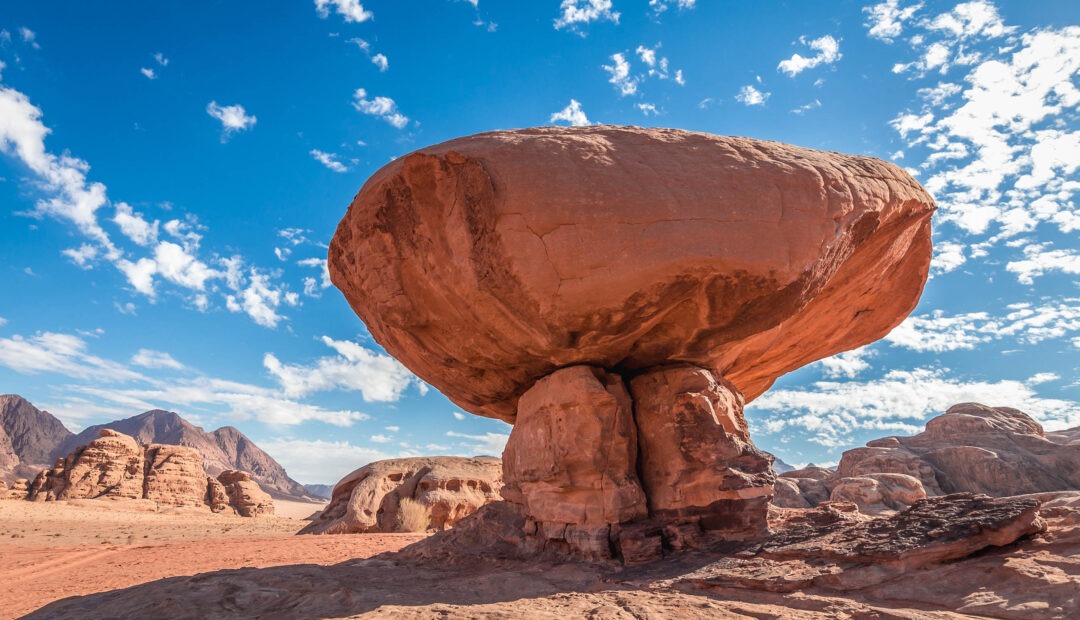
Wadi Rum, Jordan
This desert has brought to life many extraterrestrial films including: The Martian, Aladdin, Prometheus, and most recently Dune. Here dramatic deep toned sandstone mountains spread across almost 300 square miles of Jordan’s land near the border to Saudi Arabia. This desert is an UNESCO World Heritage Site, and was home to many prehistoric cultures. Petroglyphs, inscriptions, and archaeological remains found on the land, testify to 12,000 years of human habitation. Around 25,000 rock carvings and 20,000 inscriptions capture the history of social and language development.
Featured Image: Gobi Desert (Photo by Sakura Image Inc)


